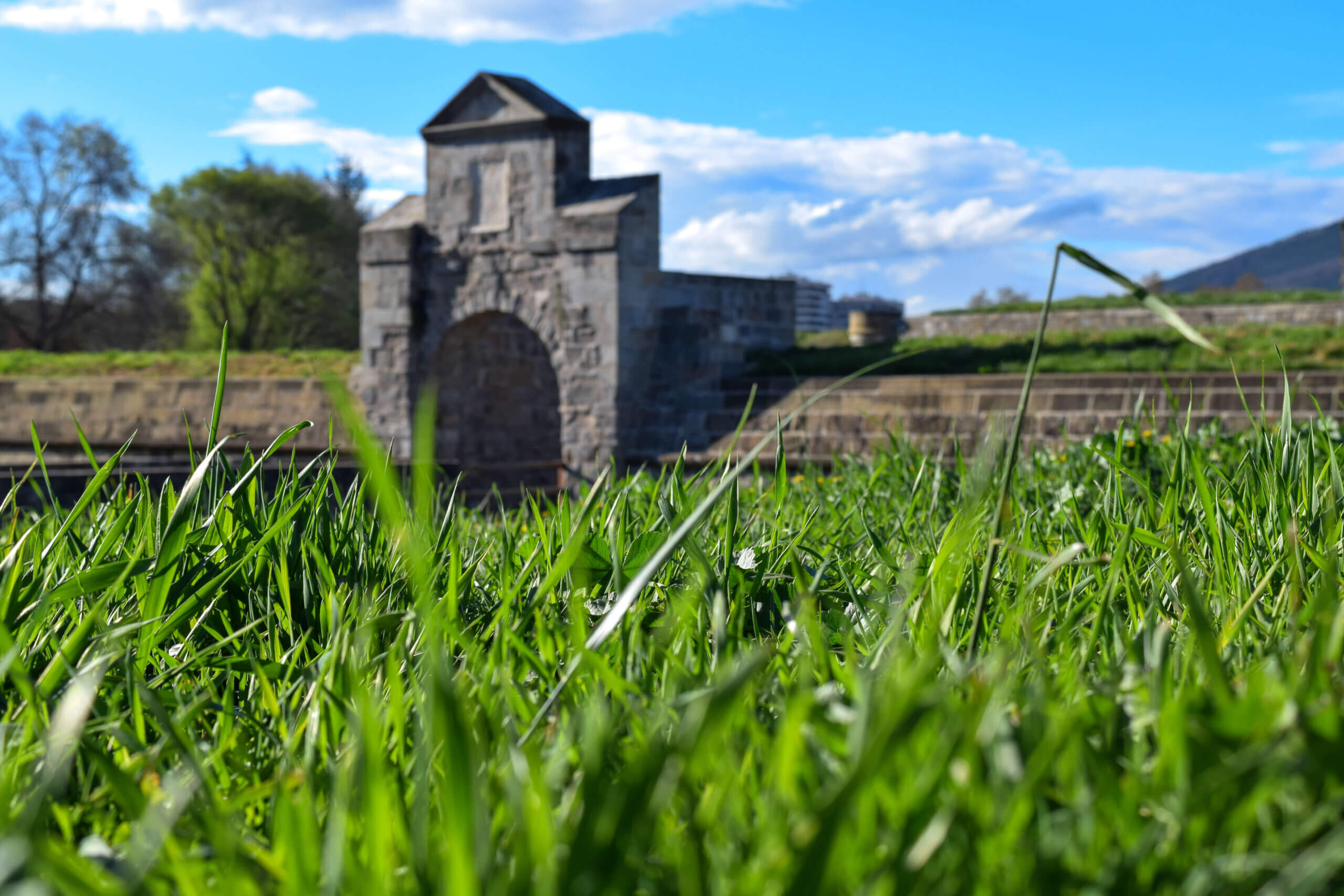
The History Behind the Diverse Sod Variation We See Today
Humans have been using turfgrasses for centuries to improve their quality of life, and it is a trend that continues today. Of course, back in the day, our ancestors did not have access to the wide range of grass types that we see today, so they had to make use of what grew naturally in their local areas. Here’s a look at a bit of the history of turfgrass and how it led to the diverse variation in today’s sod market.
From Humble Beginnings
Back in our hunter-gatherer days in Africa, low grasses made it easier for hunters to stalk their prey, providing protection to hide them from view as they crept up on unsuspecting animals. Low grass also simplified spotting predators at a distance so they could protect their villages. Similarly, in medieval societies in Europe, grass areas helped watchmen spot oncoming visitors or attackers. Of course, these were the days before lawnmowers existed, so the grasses were typically kept short by livestock grazing or trimmed with scythes.
By the 13th century, European societies had begun to develop sports and other leisure activities, so they created bowling greens and other grass spaces for these pastimes. While these grasses were not as fine as those we see today on tennis courts, golf courses, and other sporting areas, they did begin to pave the way for using grass for more than just practical purposes.
As European society entered into the Renaissance period in the 15th century, they began to use grasses for decoration as well. They created the earliest public parks, and the wealthy often had extensive ornamental lawns and gardens around their homes.
The Start of Sod
Once people started using grasses for leisure and aesthetics, they needed a way to propagate grass where they wanted it. This led to the beginnings of sod creation towards the end of the 12th century. Typically, they harvested sod from well-established natural grass sites so that they could transport it to new locations. Even the earliest immigrants to North America brought sod with them to establish in the New World.
At this point, though, lawns were still relegated mostly to the wealthy, as they could afford to hire workers to maintain the grass. That all changed with the introduction of the mechanical lawnmower in 1830, which made lawn care easier and more affordable. As grasses became available to the masses, growers began to make increasing developments in the overall style, properties, and appearance of the sod to suit different purposes.
Primary Concerns in Developing Sod
In general, sod developers work to improve sod for three primary uses: functional, recreational and quality of life.
Functional Considerations
Although we no longer need grass to shield us from predators or to help spot invaders, it can still serve useful purposes. For starters, grass can help to regulate heat, prevent dust clouds, and reduce air pollution. Over time, sod developers bred various grasses to improve these properties, making particular sod types more attractive to homeowners and commercial enterprises.
The care of the grass can also fall into this category. Many modern variations of grass are resistant to disease, insects and other hazards, making them easier to care for and thus, more desirable for a wider range of uses. Grasses can be developed to suit different climates as well, with some doing better in warm, humid areas, and others thriving in cooler places. The amount of sunlight must be taken into account as well. Some grasses crave bright sunlight throughout the day, while other types of sod prefer shade to protect them from the sun’s rays.
Recreational Considerations
When developing sod for recreational use, growers must take into account the fact that sports fields tend to get lots of foot traffic. Because of this, the grasses that are most suitable for this purpose need to be hardy and durable. It also helps them grow relatively quickly so that they can refill any gaps that form due to overuse. For specialized applications, like putting greens, the uniformity of the blades also comes into play.
Quality of Life Considerations
The final category tends to deal mostly with aesthetics. Some homeowners prefer lush grass that looks better longer, and some prefer shorter grasses that provide a more manicured look. Of course, they also look for ease of care and resistance to common lawn hazards.
Learn More About Sod
For all your sod needs in Florida, you can count on Duda Sod. We are here to answer all of your questions about the many available variations of sod for sale, like St. Augustine, Floratam, Zoysia, Bahia and more. We’ll help you determine which is right for your application. Get in touch with us today to get started!